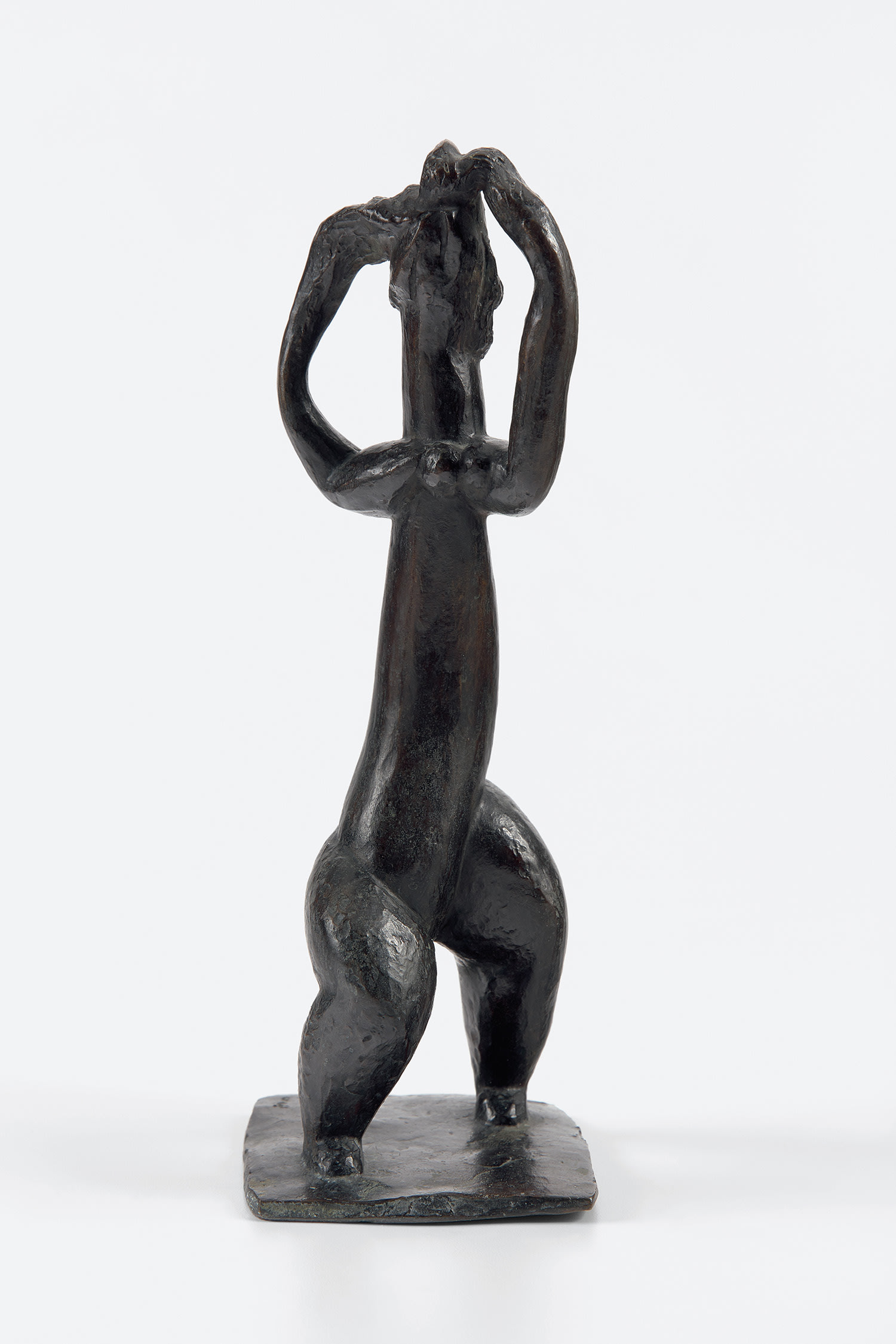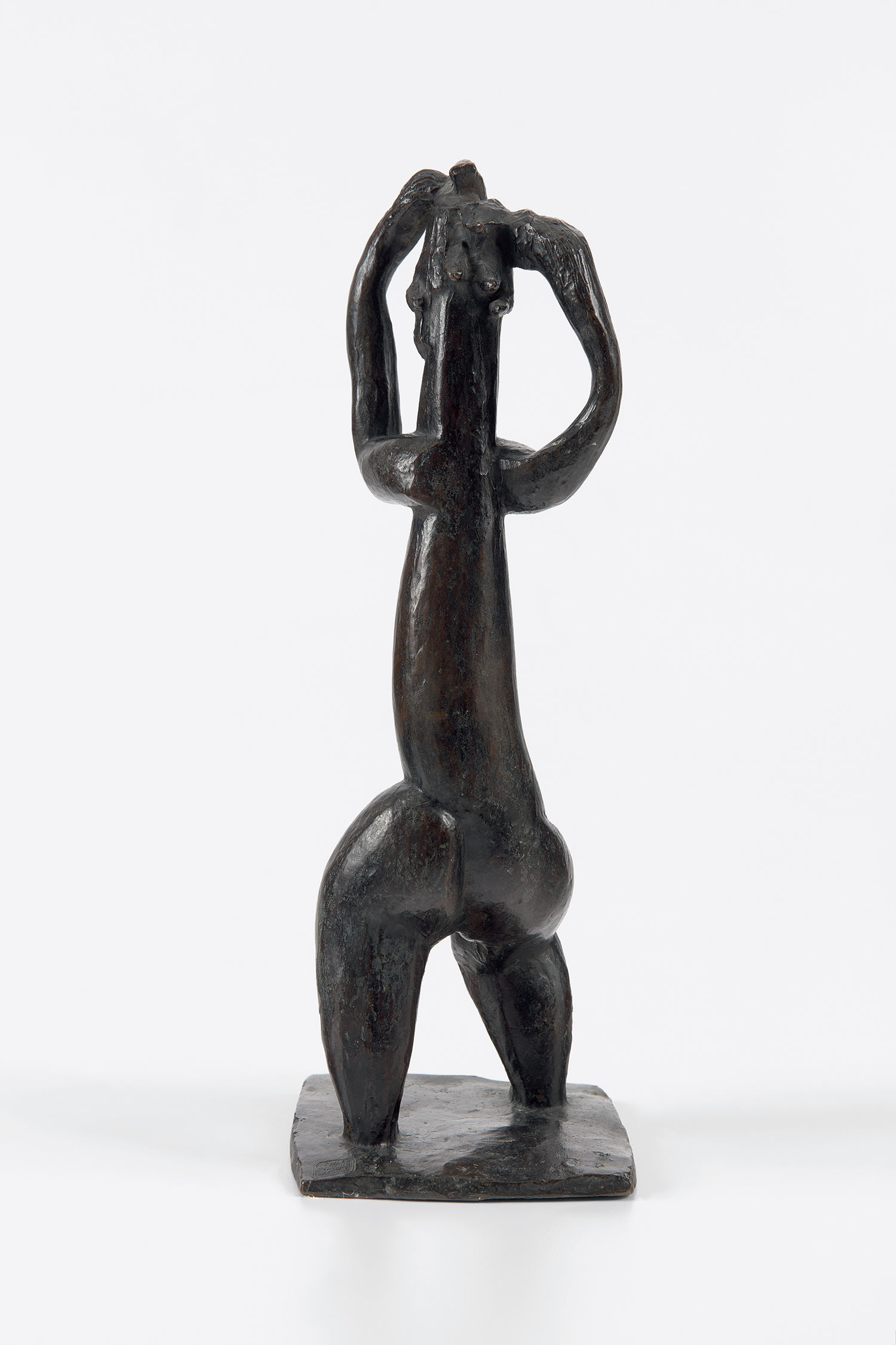



Making Modern: Art & Design from the Collection of Florence Knoll Bassett
136
Henri Laurens
La jeune soeur
incised with the artist's monogram and number "HL 3/6" and stamped with the foundry mark "C. VALSUANI CIRE PERDUE" on the base
bronze with dark brown patina
11 3/8 x 3 7/8 x 3 7/8 in. (29 x 10 x 10 cm)
Executed in 1949, this work is number 3 from an edition of 7 numbered 0/6 to 6/6, plus 4 artist's proofs of which one cast is marked "M.N." for the Musée National d'Art Moderne, Paris.
Quentin Laurens has kindly confirmed that this work is registered in the Galerie Louise Leiris archives.
Quentin Laurens has kindly confirmed that this work is registered in the Galerie Louise Leiris archives.